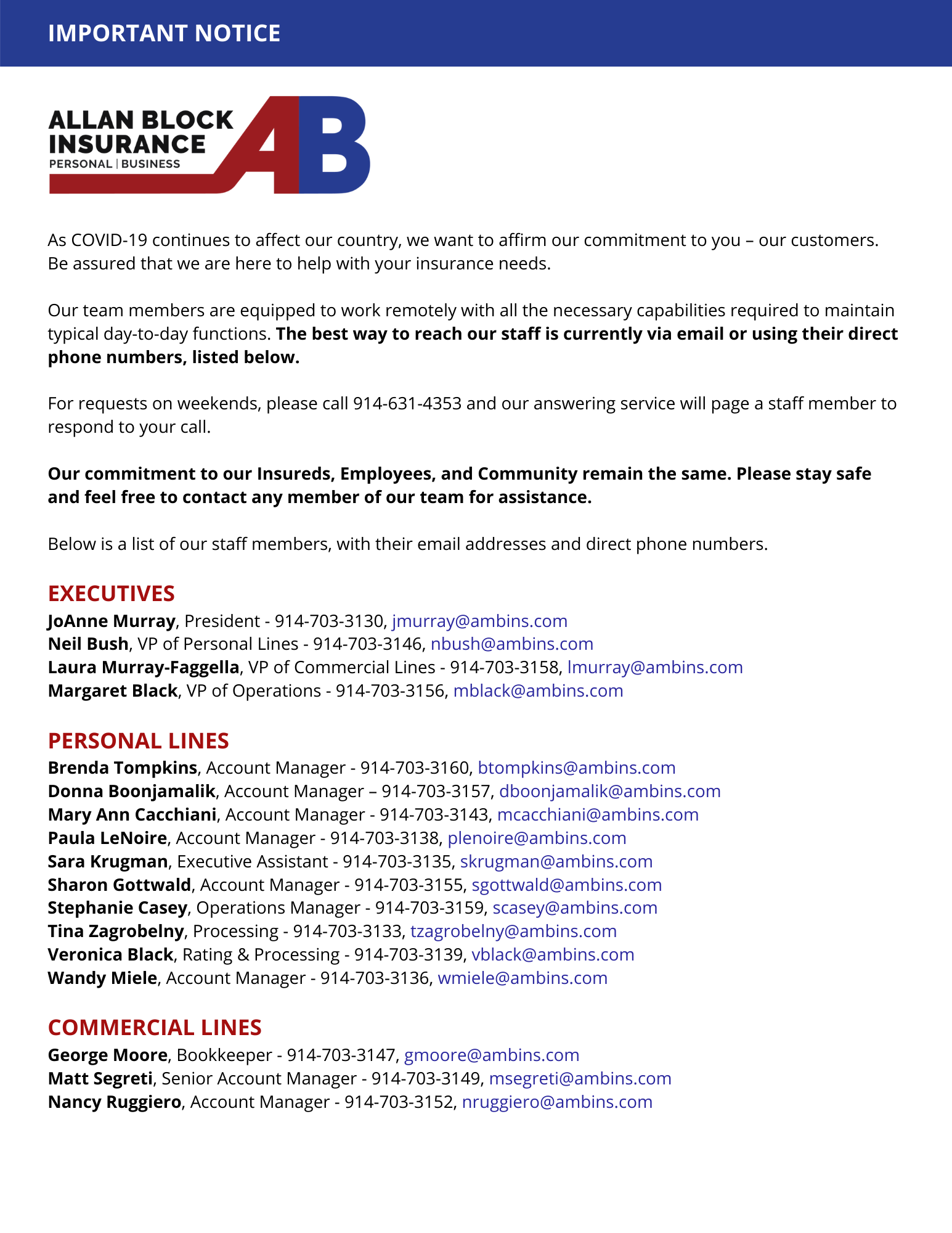Natural disasters or accidents can wreak havoc on homes and properties, leaving individuals grappling with the aftermath. Amidst the chaos and emotional distress, it’s crucial to navigate the process of filing an insurance claim effectively. Here are essential steps to take immediately following an incident to ensure a smoother claims process:
1. Document Your Losses: Before even thinking about removing debris or beginning any cleanup, it’s vital to document the extent of the damage thoroughly. Use your smartphone or camera to take photos and videos from multiple angles. These visual records serve as crucial evidence during the claims process, providing clear documentation of the damage incurred.
2. Initiate Claim Filing: Waste no time in contacting your insurance company or agent to initiate the claim filing process. Prompt action is key to expediting the assessment and resolution of your claim. Any delays in reporting the incident or providing information could prolong the entire process, causing unnecessary stress and frustration.
3. Provide Accurate Information: When communicating with your insurer, ensure that all information provided is accurate and complete. Any incorrect or incomplete details could lead to delays in processing your claim. Be prepared to provide detailed descriptions of the damage, including the date and cause of the incident.
4. Gather Necessary Paperwork: To support your claim, gather all necessary paperwork and receipts related to the damaged property. This includes invoices for any repairs or replacements, as well as receipts for items that were destroyed or damaged. Having organized documentation strengthens your case and facilitates a smoother claims process.
5. Consider Temporary Repairs: While waiting for your insurance claim to be processed, you may need to make temporary repairs to prevent further damage to your property. However, it’s crucial not to endanger yourself in the process. If the damage is extensive or hazardous, it’s best to leave temporary repairs to professionals.
6. Check Your Policy for Coverage: If your home becomes uninhabitable due to the damage incurred, check your insurance policy for “loss of use” coverage. This provision may cover expenses associated with temporary housing or relocation while your home is being repaired or rebuilt. Understanding your policy coverage ensures that you maximize the benefits available to you during this challenging time.
7. Keep Records of Correspondence: Throughout the claims process, keep detailed records of all communication with your insurance company, including emails, letters, and phone calls. These records serve as a reference point and can help resolve any disputes or discrepancies that may arise during the claims process.
In conclusion, navigating the aftermath of a disaster involves taking proactive steps to initiate the insurance claims process effectively. By documenting losses, providing accurate information, and keeping meticulous records, you can expedite the resolution of your claim and focus on rebuilding and recovery. Remember, timely action and thorough documentation are key to ensuring a smoother claims experience during a challenging time.



